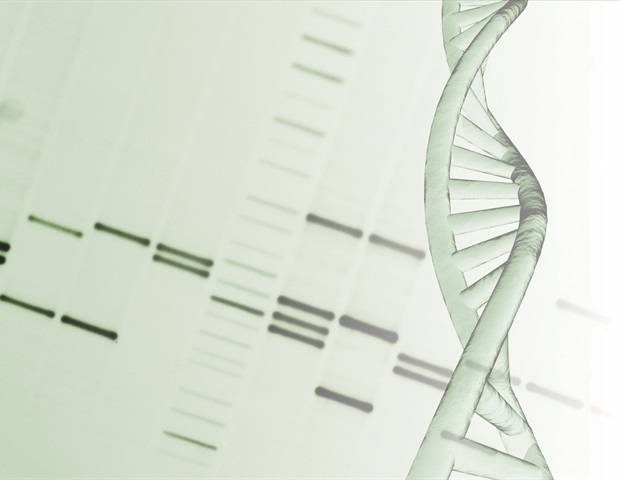In a first-of-its-kind breakthrough, a team of UBC Okanagan researchers has developed an artificial adhesion system that closely mimics natural biological interactions.
Dr. Isaac Li and his team in the Irving K. Barber Faculty of Science study biophysics at the single-molecule and single-cell levels. Their research focuses on understanding how cells physically interact with each other and their environment, with the ultimate goal of developing innovative tools for disease diagnosis and therapy.
Two of Dr. Li’s doctoral students, Micah Yang and David Bakker, have engineered a new molecule that could transform how cells adhere to and communicate with one another.
Micah Yang, the study’s lead author, explains that all cells have a natural “stickiness” that enables them to communicate, join together and form tissues. Unlike everyday glues, which tend to release more easily under increasing force, many cellular adhesive interactions behave oppositely-;the harder you pull, the stronger they hold. This counterintuitive self-strengthening stickiness, known as a catch bond, is crucial for facilitating essential biological functions and keeping you in one piece.
Yang’s innovation involves a pair of DNA molecules designed to replicate this catch bond behaviour.
Dubbed the “fish hook” for its distinctive structure, this DNA-based system consists of two components: the fish and the hook. Using complementary DNA base-pair interactions, the system functions like a fish biting a hook, forming a catch bond. The bond’s behaviour can be precisely fine-tuned by modifying the DNA sequences of the fish and the hook, enabling control over its strength under varying forces.
“Catch bonds play critical roles in systems like T-cell receptors and bacterial adhesions, which are key to immune responses, tissue integrity and mechano-sensing-;a cell’s ability to detect and respond to physical forces,” says Yang. “Nature has perfected these interactions over millions of years, but replicating their dynamic properties synthetically has been a major challenge-;until now.
The study, recently published in Nature Communications, highlights the advantages of this novel DNA-based system.
The tunability of this system is a significant advancement over previous artificial catch bonds. The ability to precisely control the bond’s force-dependent behaviour makes it an ideal tool for studying biological interactions and developing innovative materials.”
Micah Yang, study’s lead author
Potential applications of the fish-hook bond are vast, says Yang.
In materials science, the design could inspire the creation of responsive materials that become stronger under stress, making them ideal for wearable technologies or aerospace applications where durability is critical.
In medicine, this approach could improve drug delivery systems or tissue scaffolds by enabling them to interact with cells in a force-sensitive manner, mimicking natural biological processes.
While the development of artificial adhesion bonds is still in its early days, Yang sees it as an exciting step in biomimetic engineering-;an approach that seeks to replicate the efficiency and adaptability of natural systems. This work opens up new possibilities for designing materials that mimic or enhance natural biological processes.
“By mimicking biological interactions like catch bond, scientists are not only learning more about how these systems work in nature, but they are paving the way for new technologies that are capable of enhancing human life.”
Source:
Journal reference:
Yang, M., et al. (2024). Engineering tunable catch bonds with DNA. Nature Communications. doi.org/10.1038/s41467-024-52749-w.
Source link : News-Medica

